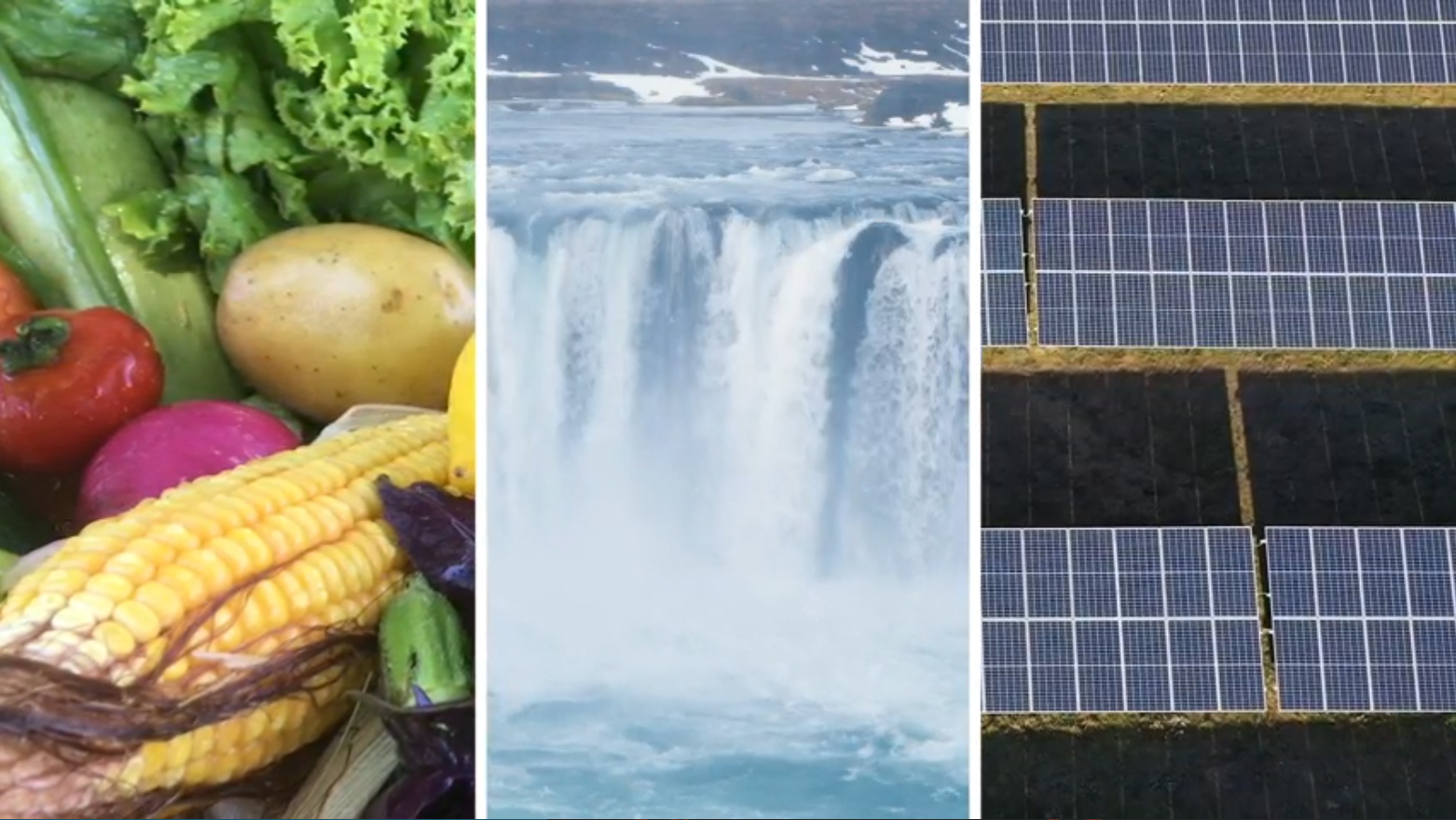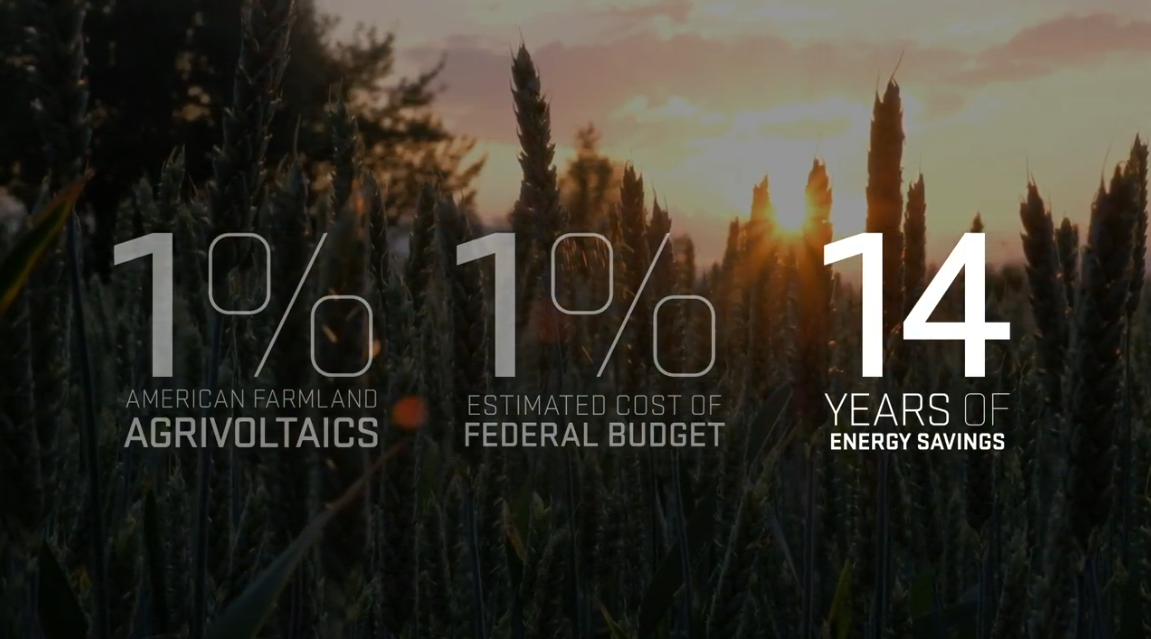Unsustainable
Agriculture uses an enormous amount of resources. It takes A LOT of water and energy to grow all of our food! 85% of global water consumption is used for irrigation, and over one-third of all greenhouse gases are attributed to agriculture.
At the same time, our demand for food is only growing. The global population, now at 7.5 billion, is estimated to reach 9.8 billion people by 2050. We will need to nearly double our current food production to meet that demand. We will also need to improve access to food, reduce food waste, and address inequities related to food deserts. Food is complicated and approach to a dynamic and sustainable food system is multifaceted. But for the next three minutes, let’s focus on the future production and resource management side of the equation.
Looking at the water issue alone, with current agricultural methods, there will be nowhere near enough water to grow even the current level of food production by 2050. And we are all aware of the high cost of fossil fuels on both our wallets and the environment.
If the status quo remains, we will likely be looking at food shortages which in turn could cause social unrest and potential economic collapse.
Agriculture has always adapted to meet the dynamic needs of a changing society. Innovations in technology have driven incredible progress over time – from tractors and pest management to breeding and genomics. Today, most growers are accustomed to exploring new methods of addressing emerging challenges in agriculture, and continue to look for ways to mitigate risks brought on by a changing climate.
AGRIVOLTAICS
Water, energy, and agriculture are the bedrock of modern civilization. And while many technologies have advanced these components separately, few have aimed to address all three components at once. It is time to step back and reimagine their relationship.
This new technology promises to improve food production and reduce water use, while also creating energy and additional revenue. Essentially, the solar panels placed on the same land where crops are grown allow growers to harvest the power of the sun twice.
A recent OSU study estimates that converting just 1% of American farmland to agrivoltaics could meet our national renewable energy targets and save water and create a sustainable long-term food system. It will also create new revenue opportunities for family farms which are currently facing increasing economic challenges, with a 23% increase in bankruptcy filings over the past year.
The solar panels also help plants grow more efficiently by needing less water.
How exactly do solar panels help plants use less water?
See, plants have a limit to how much sun they can actually use. It’s called the light saturation point. Once reached, any light beyond that point does not increase photosynthesis or help the plant grow, it only increases the plant’s water demand. It simply makes the plant sweat, which in turn makes it more thirsty.
Solar panels can be positioned to allow plants just the right amount of sunlight, and then the excess sunlight can be harvested for electricity—and produce more than they would without crops below them.
That’s right. Plants help keep the solar panels cool, which makes them more productive. Our studies have shown that panels positioned above plants produce up to 10% more electricity.
Agrivoltaics is a symbiotic relationship where both the solar panels and the crops benefit because they help each other perform better.
The electricity can be used to run the farm with electric tractors and equipment, and to power precision ag technology that helps further reduce water usage. Surplus energy can be stored in battery banks or sent to the grid for consumer use.
It’s a win-win-win relationship between the three most foundational elements of modern life: food, water, and energy.
Our Model system
We are creating a model of this sustainable farming system at OSU’s North Willamette Research and Extension Center in Aurora, Oregon.
The five acre model is expected to be fully functional by fall of 2021.
Our current projection estimates that converting 1% of American farmland to agrivoltaics would cost an initial investment of around 1% of the federal budget and would be paid for in energy savings within 14 years.
More importantly, it will help meet future demand by growing more food, and using less water, while also creating sustainable energy at the same time.
This type of systems-thinking approach is the only way to solve the intertwined issues of long-term sustainable farming, energy production, and water conservation.






